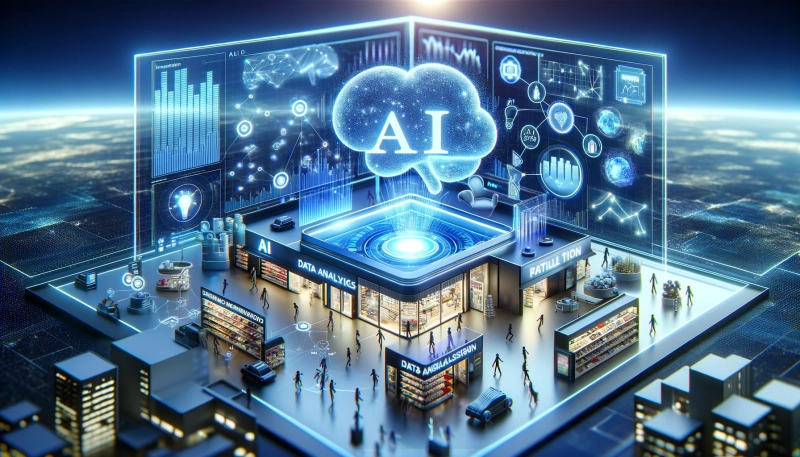Strategies for Monetizing Custom GPTs:
Merchandise Sales: Custom GPTs can generate unique designs for merchandise like stickers or t-shirts, creating new opportunities in e-commerce. The customization capability of GPTs adds perceived value to products, boosting sales
Tip Jars: A simple tip jar system can be established to allow satisfied users to leave tips. Platforms like Patreon facilitate the management of these donations, providing a steady income stream for creators.
Consultation Services: GPTs can serve as potent lead generators for professional services, leading to paid consultation calls. This model not only monetizes the GPT service but also leverages its capabilities to enhance a consulting business.
Affiliate Marketing: GPTs can be programmed to recommend products or services while incorporating affiliate links. This approach fits well across various niches, including physical products and online courses, offering a subtle yet effective monetization strategy.
Sponsorships: Similar to traditional digital content monetization, GPTs can feature sponsored links or product mentions in their outputs. This opens up opportunities for businesses to reach their target audience through AI-generated content.
Advantages of Custom GPTs
Customization and Relevance: Custom GPTs can be tailored to specific needs, offering bespoke solutions that increase their market value and appeal.
Reduced Response Time: They enhance customer service efficiency by providing instant responses, thereby increasing customer satisfaction.
Conversation Prioritization: Integrated with existing customer service systems, they help sort and prioritize queries, optimizing resource allocation.
Personalized Customer Experiences: Thanks to their ability to remember previous interactions, they offer more personalized and relevant experiences.
Cost Savings: By automating repetitive tasks and aiding in triage, they reduce the need for a large support team, leading to significant savings.





